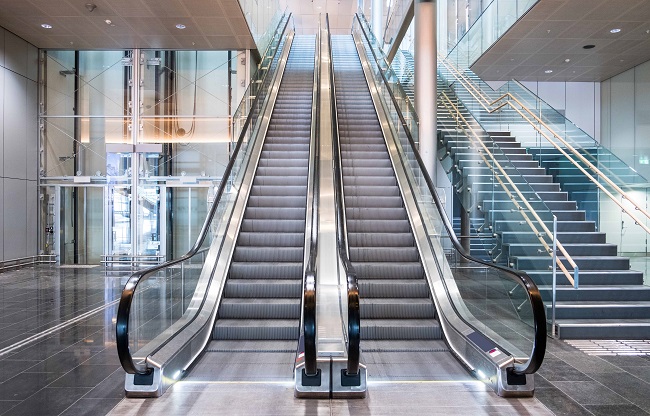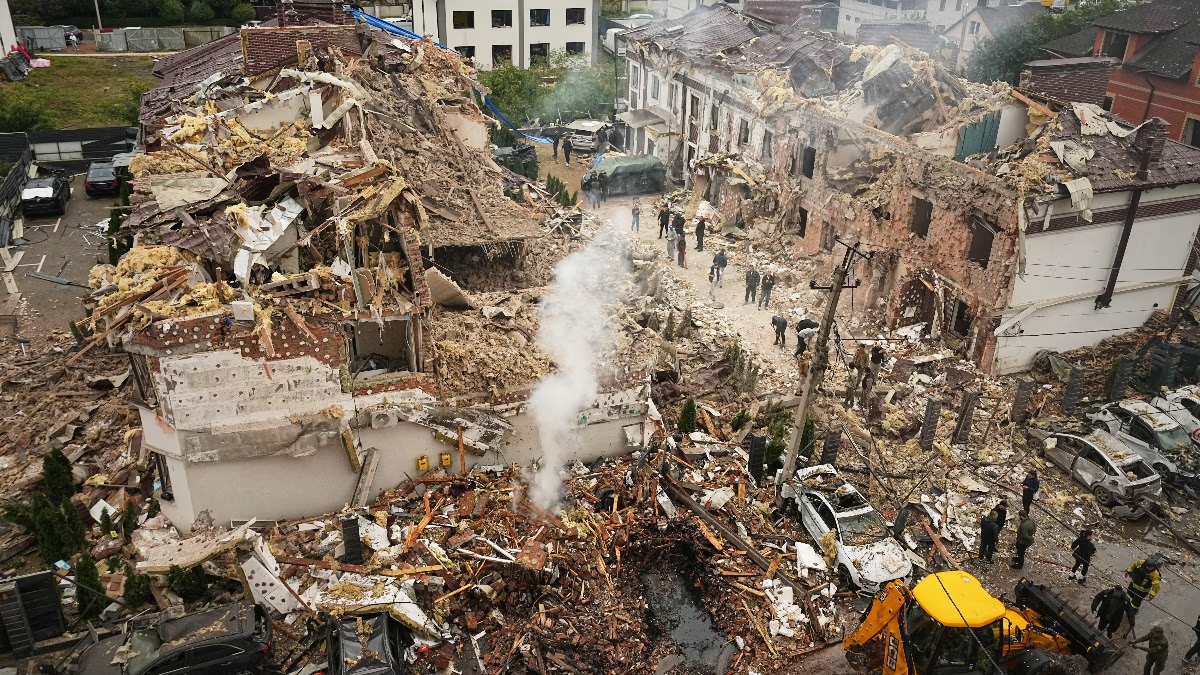London-based real estate consultancy Knight Frank, which operates globally, conducted a survey in India. Their report entitled 'Think India, Think Retail 2024' indicates a rapid rise in 'zombie' or ghost malls across the country. These sprawling complexes lie vacant, stores exist but are devoid of shoppers. In 2023, the number of haunted malls has risen from 57 to 64.
What is a Ghost or Dead Mall?
Often referred to as 'zombie malls,' these are the ones that see very few visitors. Over time, certain factors contribute to these malls becoming deserted. In industry terms, zombie malls have low foot traffic and over 40% of retail space unoccupied.
The Survey's Findings
Knight Frank surveyed 29 top cities, examining 340 shopping centers in the process. They discovered that in 8 cities, there are 64 malls almost empty. Delhi-NCR tops the list with 21 zombie malls, followed by Bangalore, Mumbai, Kolkata, and Hyderabad, which has 5 such centers but sees a declining trend.

Source: aajtak
The report notes that around 64 shopping malls with 13.3 million square feet of space stand empty, resulting in an estimated loss of ₹6,697 crore for developers in 2023. Numerous small malls are closing or being rebuilt into modern structures.
Reasons for the Rise in Dead Malls
- The major cause is the growing trend of online shopping. Rather than visiting shops, people prefer buying their favorite items from home.
- Malls that are small and have limited facilities or stores are more likely to become zombie malls.
- People are turning away from malls with poor exterior designs. They're being replaced by high-grade shopping centers.
- A lack of adequate parking is also keeping shoppers away.
- Demographic shifts, such as population decrease or particular cultural groups increasing, also impact mall traffic.
The survey also suggests that there could be 132 dead malls in the country in the coming years. Last year, more than 36% of retail space was unoccupied. Places not providing a satisfying shopping experience see declining foot traffic. Unprofitable shopping centers are being demolished to build new or revamped high-grade malls.

Source: aajtak
Current American Mall Trends
The concept of shopping malls, attributed to Viennese architect Victor Gruen, was predicted to become the nucleus of urban life. According to Gruen, residential buildings, schools, hospitals should all be built around malls. His vision led to the construction of the world's first shopping center in the United States during the late '50s. However, the economic downturn post-2007 and rising interest in online shopping have also led to the increase of dead malls in the US.
Now, approximately 68% of the US population lives within an hour's distance of a dead mall.
Malls Existed Before the Common Era
The concept of malls for retail is not new. The Trajan's Market, a complex in ancient Rome's Southdale Center, existed in the first century B.C. It featured multistoried buildings where one could buy everything from wine, fruits, vegetables, oils, spices to jewelry. Later, similar structures were built in Istanbul and Damascus. These ancient centers are still visited for their architecture, sculpture, fountains, and spaciousness, much like modern facilities.




